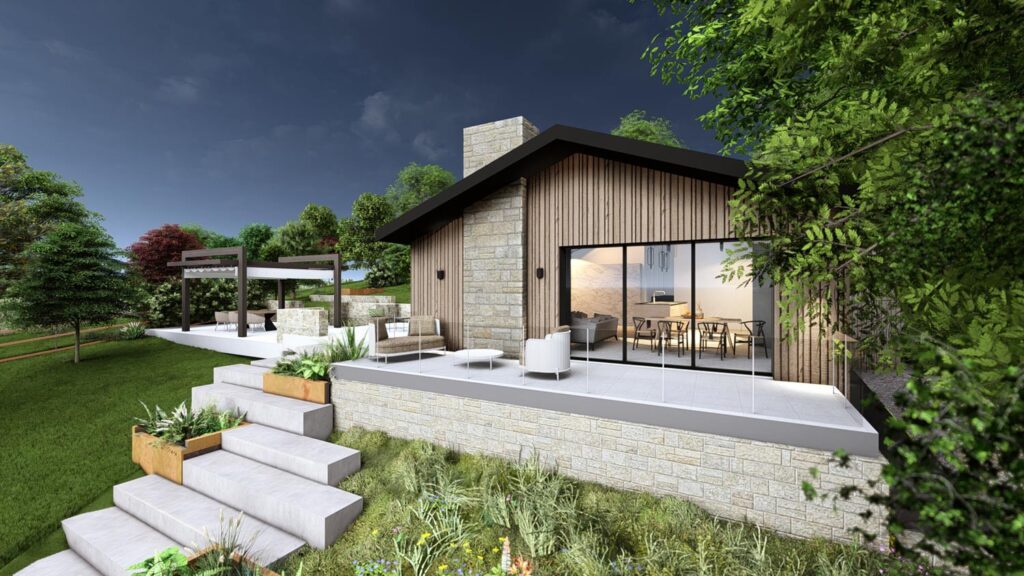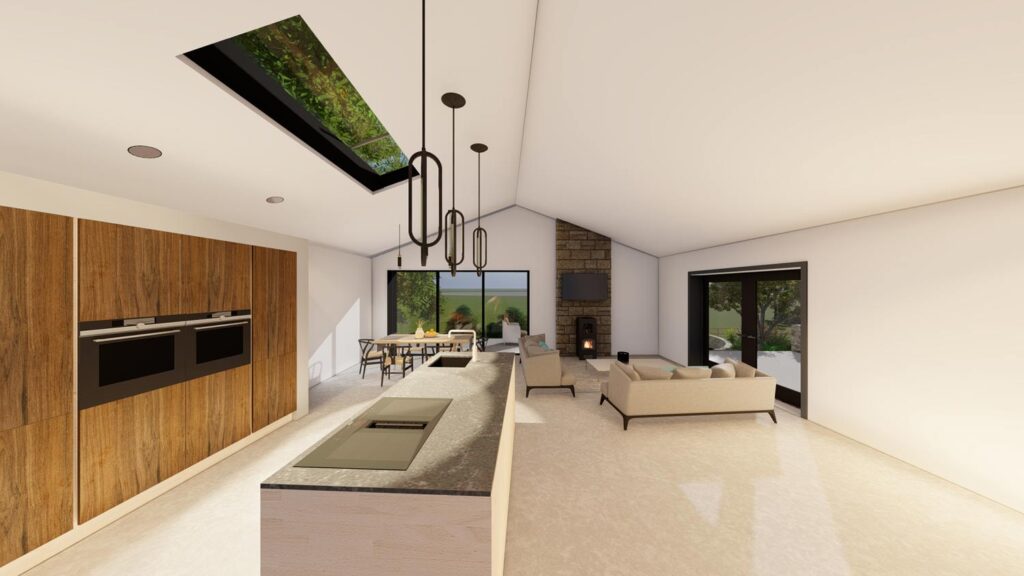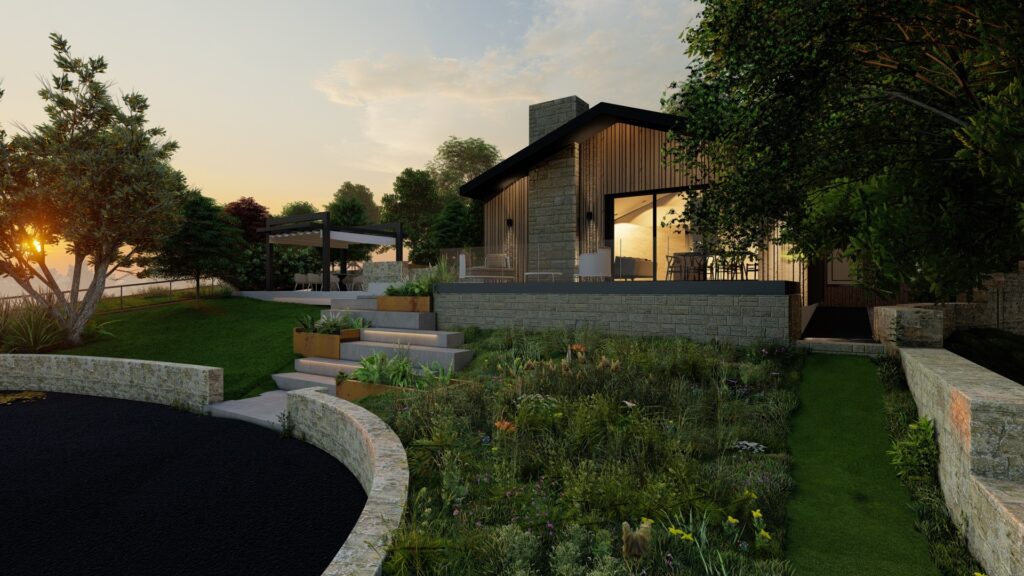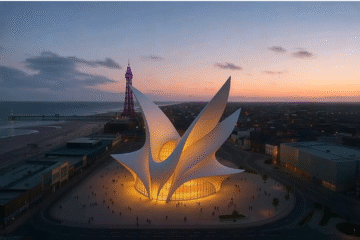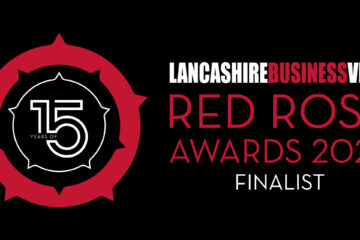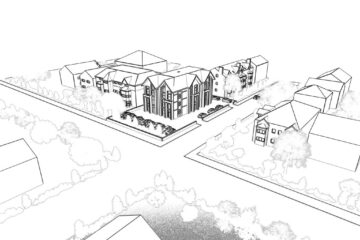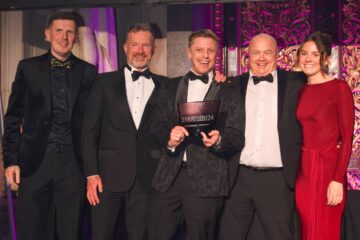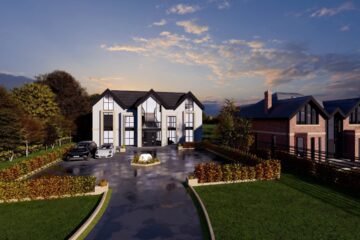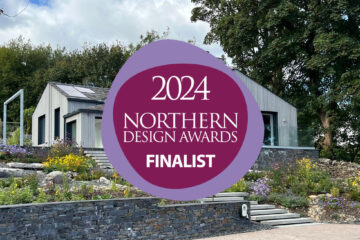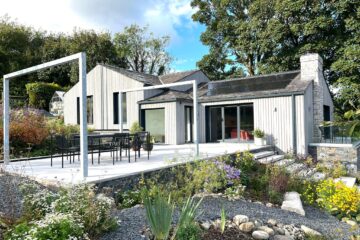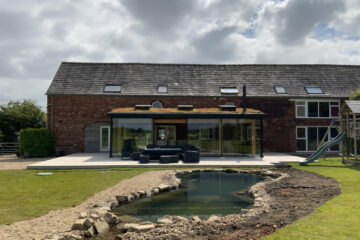Check out the Oak Frame Barn Extension installation by Maple Timber Frame and Urban Building Projects Ltd .
Being eco-friendly and sustainable is more important now than ever, the architectural landscape is evolving rapidly to embrace innovative design trends that prioritise environmental consciousness.
At Carter's Building Consultancy, based in Preston, Lancashire, we are committed to staying at the forefront of these trends, guiding our clients toward sustainable solutions that not only benefit the planet but also enhance the functionality and aesthetics of their projects.
Let´s explore 10 innovative sustainable design trends that are shaping the future of architecture, and how our expertise can assist clients in implementing these trends seamlessly.
Sustainable Design Trends
Sustainable design trends have become increasingly prominent in the architectural landscape of the UK, reflecting a growing awareness of environmental responsibility and a commitment to reducing carbon footprints. Architects are integrating eco-friendly practices into their designs to minimise resource consumption and mitigate environmental impact.
One significant trend is the adoption of passive design principles, which optimise building orientation, insulation, and ventilation to reduce reliance on mechanical heating and cooling systems. Green roofs and living walls are also gaining popularity, providing natural insulation, stormwater management, and biodiversity benefits while enhancing aesthetic appeal.
Incorporating renewable energy sources such as solar panels and wind turbines has become a standard practice in sustainable architecture, helping to achieve net-zero or even positive energy outcomes. Moreover, the use of recycled and locally sourced materials reduces embodied carbon and supports the circular economy.
Furthermore, innovative technologies like Building Information Modeling (BIM) enable architects to optimise energy performance and lifecycle management throughout the design and construction process.
Overall, sustainable design trends in the UK are revolutionising the architectural space, offering solutions that prioritise environmental stewardship without compromising on functionality or aesthetics.
Passive House Design:
Passive House design principles focus on creating ultra-energy-efficient buildings that require minimal heating or cooling. By optimising insulation, air tightness, and passive solar strategies, Passive House buildings significantly reduce energy consumption.
At Carter's Building Consultancy, we specialise in integrating Passive House design principles into our projects, ensuring optimal energy efficiency and comfort for our clients.
For more information on Passive House design, visit: Passive House Institute
Green Roofs and Living Walls:
Green roofs and living walls not only add visual appeal to buildings but also provide numerous environmental benefits, including improved air quality, temperature regulation, and biodiversity support.
Our team at Carter's Building Consultancy can assist clients in incorporating green roofs and living walls into their projects, enhancing sustainability while creating vibrant, eco-friendly spaces.
To learn more about green roofs and living walls, visit: Green Roofs for Healthy Cities
Net-Zero Energy Buildings:
Net-zero energy buildings aim to produce as much energy as they consume over the course of a year, resulting in minimal carbon emissions. Through strategic design and renewable energy integration, such as solar panels and geothermal systems, net-zero energy buildings offer a sustainable solution to reducing environmental impact.
At Carter's Building Consultancy, we specialise in designing and implementing net-zero energy strategies that align with our clients' goals and priorities.
Explore more about net-zero energy buildings at: UK Gov Department of Energy
Adaptive Reuse and Retrofitting:
Adaptive reuse and retrofitting involve repurposing existing structures to serve new functions, reducing the need for new construction and preserving valuable resources. By revitalising older buildings, we can breathe new life into communities while minimising environmental impact.
Carter's Building Consultancy offers expertise in adaptive reuse and retrofitting, helping clients unlock the potential of existing structures in sustainable ways.
Biophilic Design:
Biophilic design seeks to reconnect people with nature by incorporating natural elements, such as plants, water features, and natural light, into the built environment. This approach has been shown to improve occupant well-being, productivity, and overall satisfaction.
Our team at Carter's Building Consultancy can integrate biophilic design principles into our clients' projects, creating healthier and more sustainable spaces.
Modular Construction:
Modular construction involves prefabricating building components off-site and assembling them on-site, offering numerous benefits, including reduced construction waste, shorter project timelines, and improved quality control.
Water Conservation Strategies:
Water conservation strategies, such as rainwater harvesting, graywater recycling, and efficient irrigation systems, play a crucial role in sustainable building design.
By minimising water consumption and maximising reuse, buildings can significantly reduce their environmental footprint.
Smart Building Technologies:
Smart building technologies leverage automation, sensors, and data analytics to optimise energy usage, enhance comfort, and improve operational efficiency.
By incorporating smart systems into building design, we can create more responsive and sustainable environments.
We can assist clients in integrating smart building technologies into their projects, maximising efficiency and sustainability.
Circular Economy Principles:
Circular economy principles aim to minimise waste and maximise resource efficiency by designing products and systems that can be reused, recycled, or repurposed.
By adopting a circular approach to building design and construction, we can reduce environmental impact and promote long-term sustainability.
We are committed to incorporating circular economy principles into our clients' projects, fostering a more sustainable built environment.
Community-Centric Design:
Community-centric design prioritises the needs and aspirations of local communities, fostering social cohesion, inclusivity, and resilience.
By engaging stakeholders and incorporating community feedback, we can create buildings and spaces that enrich people's lives and strengthen communities.
In conclusion
sustainable design trends are revolutionising the architecture industry, offering innovative solutions to address environmental challenges and create healthier, more resilient communities.
At Carter's Building Consultancy, we are dedicated to embracing these trends and helping our clients realise their sustainability goals through expert guidance and tailored solutions.
Contact us today to learn how we can assist you in incorporating sustainable design principles into your next project.

